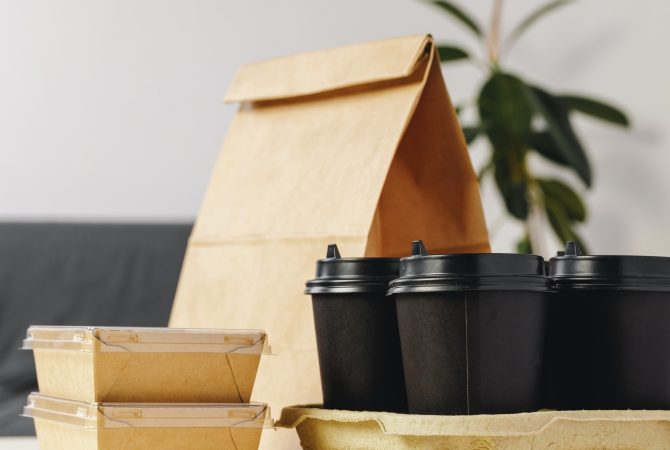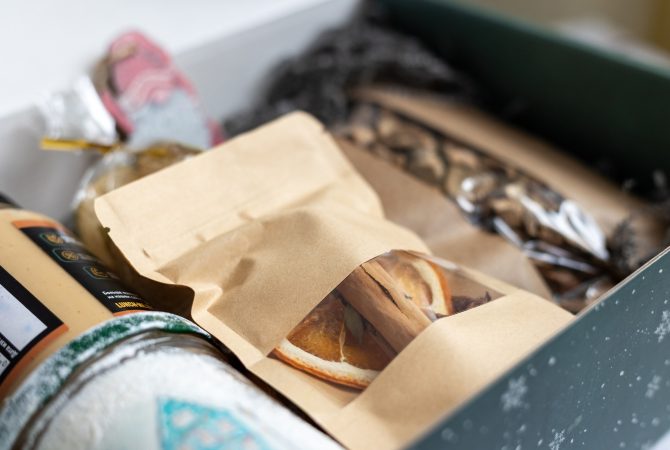What Is Anti-Scratch Lamination for Printed Packaging?
Is your premium packaging losing its appeal after a few bumps and scratches?
Anti-scratch lamination is a protective film added to printed packaging to prevent scuffs and wear, keeping boxes and cartons looking new throughout handling, transport, and display.
You invest in high-end packaging for a reason—appearance matters. But if scratches, fingerprints, or dulling finish ruin that look before the product even reaches your customer, it could cost you a sale. Anti-scratch lamination helps solve that. It’s not just a finish. It’s a smart layer of protection that keeps your design crisp, vibrant, and impressive.
Why Is Anti-Scratch Lamination So Important for Premium Packaging?
Tired of seeing glossy boxes lose their shine after handling?
Anti-scratch lamination protects printed materials with a durable film that resists surface damage, preserving the visual quality and extending the life of your packaging.
Premium packaging often sits on retail shelves or gets passed around in luxury environments. That means handling, friction, and movement—all of which wear down standard finishes. Anti-scratch lamination provides a clear or matte film barrier that holds up under pressure. I’ve used both BOPP and polyester-based films in various finishes, and they always bring the same result: packaging that lasts and still looks great. Especially for cosmetics and electronics, this makes a visible difference to customers and can increase perceived quality at first glance.
What Makes Anti-Scratch Lamination Work?
| Feature | Benefit |
|---|---|
| BOPP or Polyester Film | Strong, flexible, moisture-resistant |
| Scratch-Resistant Coating | Protects from abrasions and surface damage |
| Matte, Gloss, or Soft-Touch | Keeps your design look and feel sharp |
| Thermal or Pressure-Sensitive | Works with various substrates and volumes |
| Fingerprint & UV Resistance | Maintains clarity and cleanliness |
The lamination layer does more than protect. It adds to the branding experience. A soft-touch matte lamination, for example, doesn’t just resist scuffs—it feels premium. And customers notice. That sensation, paired with a crisp logo and vibrant print, can leave a stronger impression than the product inside. I’ve seen clients shift from gloss to anti-scratch matte just for the tactile benefit, and the feedback was instant.
How Do UV Nano Printing Materials Compare?
Wondering how to protect packaging that’s also UV-sensitive?
UV nano printing materials use nanotechnology-enhanced coatings to protect packaging from UV damage while adding durability and shelf life for sensitive products.
I’ve worked on packaging for supplements and skincare—products that degrade with light exposure. In those cases, UV nano materials aren’t just nice to have. They’re essential. These coatings, often built from advanced biopolymer nanocomposites, absorb harmful UV light while keeping the package surface strong and clear. They don’t cloud the design or weaken the structure. Instead, they extend the life of both the packaging and the product.
Why UV Nano Materials Matter
| Component | Function | Example Material |
|---|---|---|
| UV Absorption | Blocks light between 200–400 nm | ZnO, TiO₂, CeO₂ |
| High Durability | Enhances scratch and heat resistance | Carbon nanodots |
| Clarity | Maintains full visibility and vibrancy | Graphene quantum dots |
| Eco-Friendly | Often made with biodegradable composites | Starch-based blends |
This is especially relevant in the shift toward sustainability. Brands want eco-safe solutions, but they can’t afford to sacrifice durability. With UV nano films, you get both. Some tests I reviewed even show improved shelf life for food and medicine thanks to these coatings. That’s a win for everyone—from supplier to shopper.
Are There Other Ways to Make Packaging Scratch-Resistant?
Need scratch protection but not ready to commit to lamination?
Anti-scratch coatings, and labels offer versatile ways to protect packaging, each suited to specific needs, budgets, and product types.
Anti-scratch lamination isn’t the only option. There are coatings you can apply post-print, like oleophobic films that also resist oil and fingerprints. Others use pouches or labels with pre-treated surfaces, especially when packaging delicate or polished items.
Comparing Scratch-Resistant Packaging Options
| Method/Material | Best For | Pros | Cons |
|---|---|---|---|
| Anti-Scratch Lamination | High-end retail, gift packaging | Recyclable, tactile, strong visual | Slightly higher cost |
| UV Nano Materials | UV-sensitive products | Durable, sustainable, long-lasting | Complex processing |
| Scratch-Resistant Plastics | General product casings | Built-in hardness, clean design | Less flexible, pricier |
| Anti-Scratch Coatings | Plastic containers and labels | Clear, weather-resistant | Needs precise application |
| Scratch-Resistant Labels | Custom shapes, protection layers | Moisture-safe, reusable | Limited to surface use only |
Each method has a place. I’ve seen brands save money by using scratch-resistant coatings instead of lamination on large volume print runs. Others, like jewelry or watch brands, prefer lamination for the premium look and feel. The key is knowing your product, your audience, and how much handling your packaging will endure.
Get Premium Finishing For Your Designs At lvvpack
Looking for a reliable and nice price supplier? lvvack is your trusted partner for creating stunning designs that leave a lasting impression and add elegance and sophistication to your packaging. Contact us now to order.
Conclusion
Anti-scratch lamination protects packaging from wear, boosts visual quality, and supports premium brand experiences—especially when paired with innovations like UV nano coatings.










